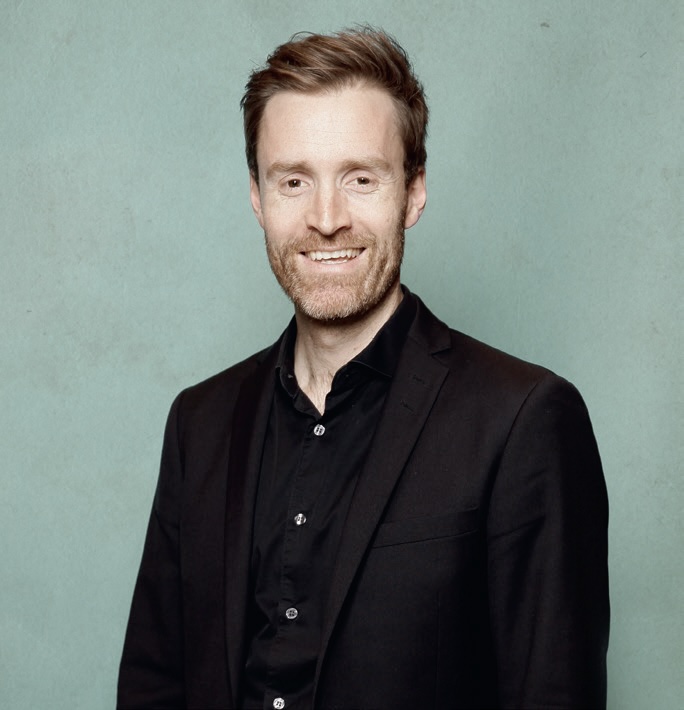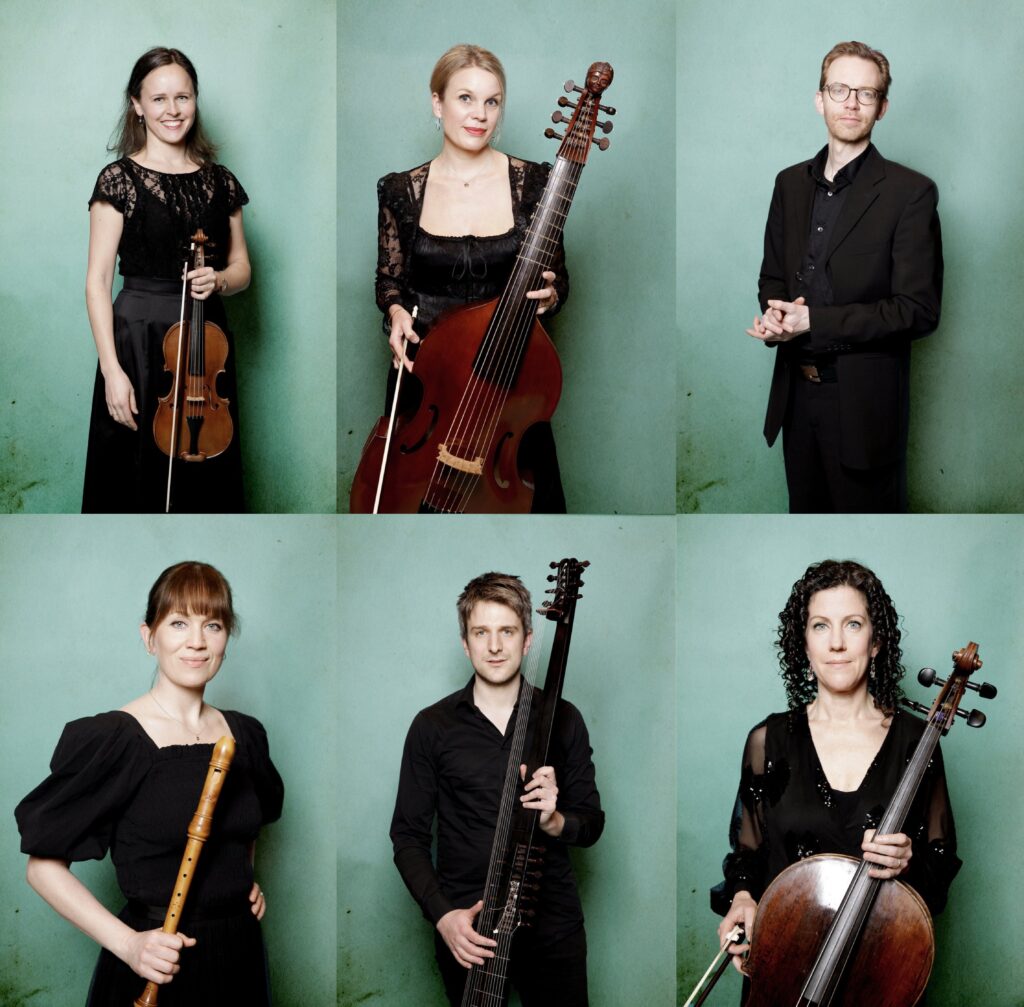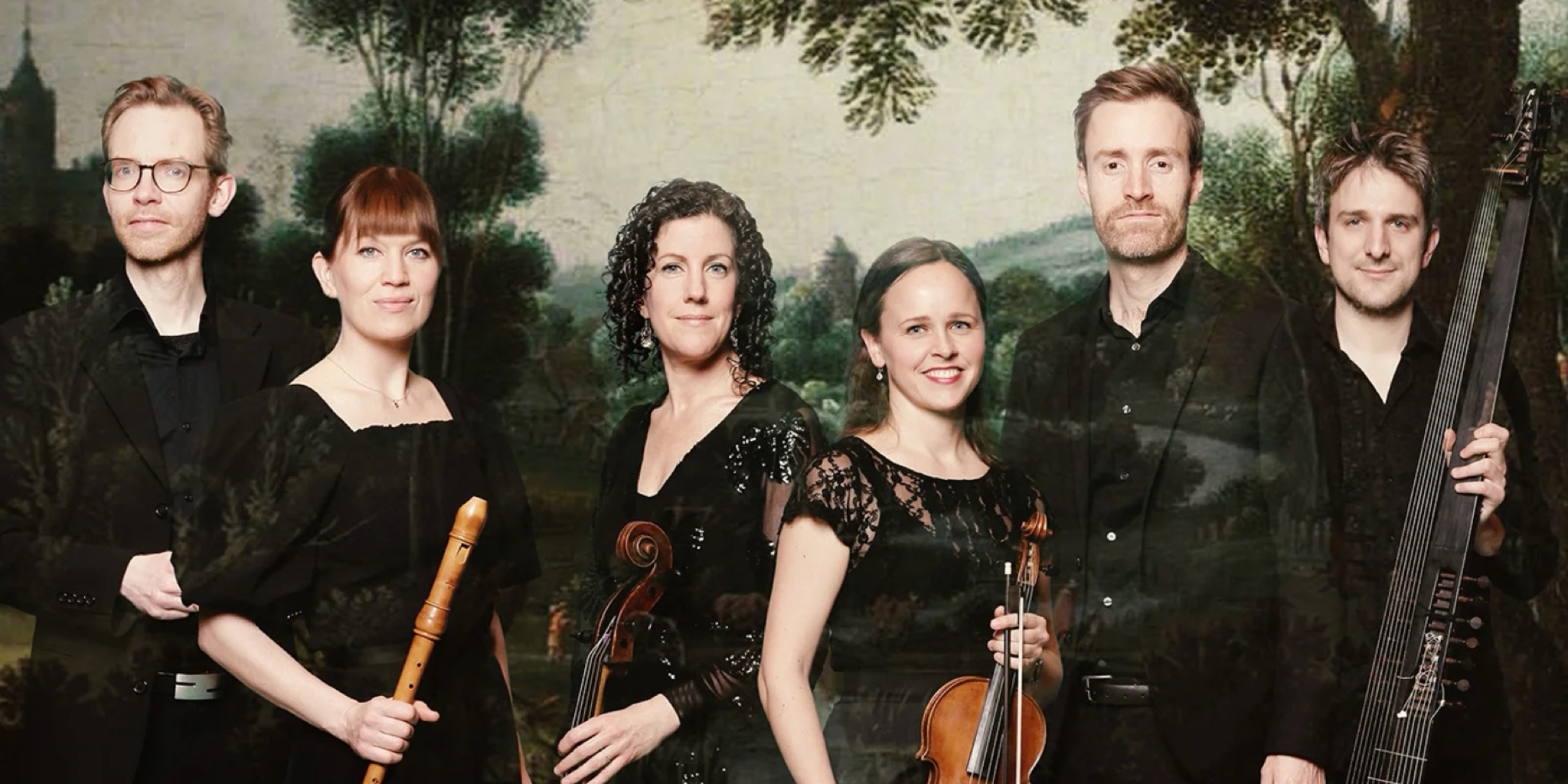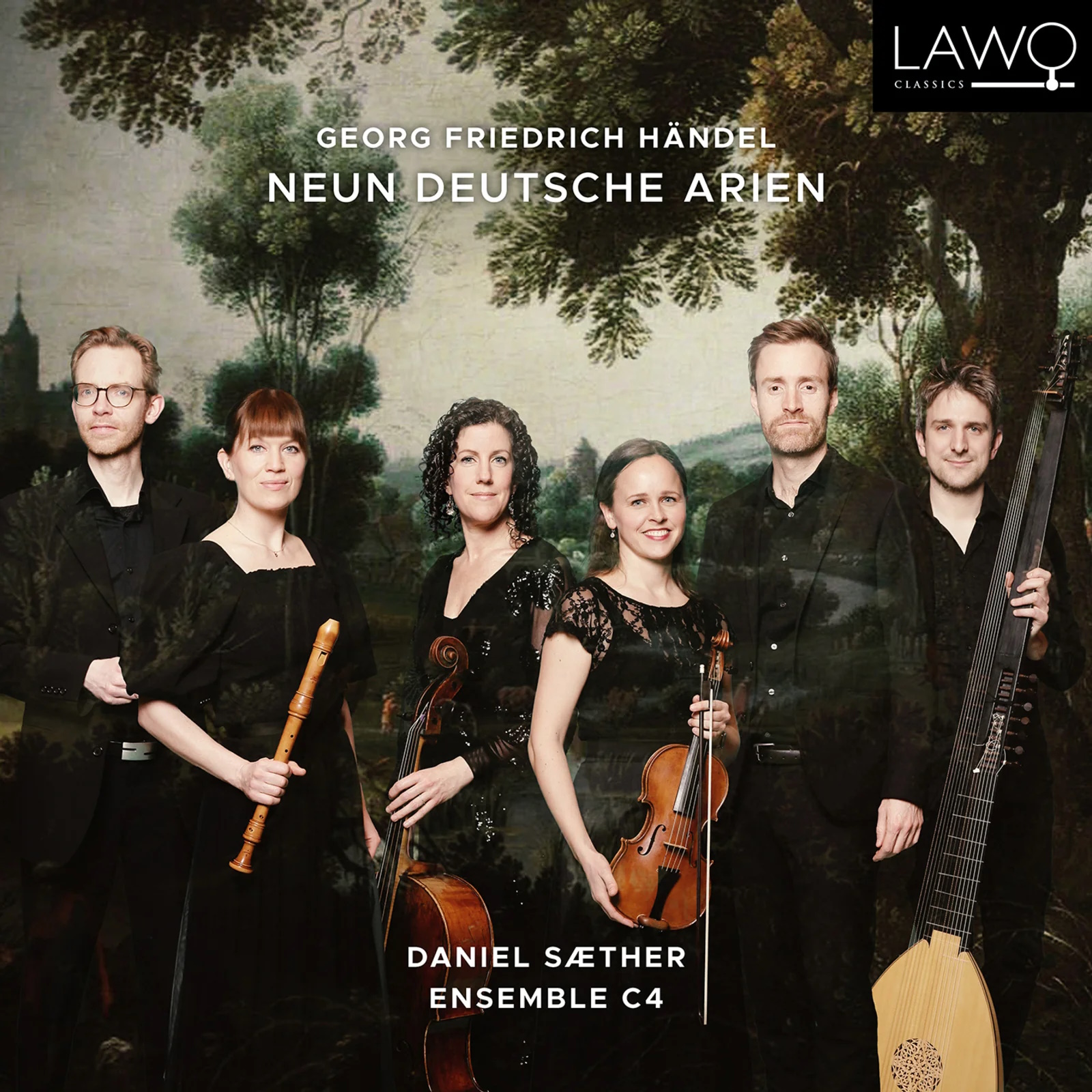-
Händel: Neun Deutsche Arien (9 German Arias)€17,99 – €30,99
Nothing but remarkable discoveries.
As a staunch supporter of multi-channel, I usually stay clear of stereo-only recordings ever since the surround format became available. In my belief, the latter creates more depth and a considerably improved sense of presence. Not that surround is always better. Much depends on the mastering. I have recordings in which it is impossible to know where exactly the musicians are; swerving in space and, in some cases, hopping from one corner of the room to another. ‘Immersive’ is not my style either. Where in real life can one sit in the middle of an orchestra or group of musicians?
However, with this new LAWO Classics release, I discovered that stereo, if done well, is not all that bad. It even has some advantages like being spared from some of the shortcomings of ‘multi’ as described above. Especially in a smaller listening environment than mine, with the two speakers closer to one another, a recording engineer who is worth his salt can do wonders by making it sound as realistic as possible. Differences in distance and phase can indeed create a convincing three-dimensional soundscape, albeit with a missing ambient picture. Nothing new to ardent stereo listeners, but a (re)discovery to me.
So much for sound. Perhaps more importantly: The countertenor. I’m kind of allergic to several male altos. By pushing their vocal cords beyond their limits they risk losing tune and the ability to express proper narrative. That’s why I always look with great circumspection at names I don’t know or have never listened to before. Countertenor Daniel Sæther for instance. He is my second discovery. He has all that a male alto needs to have to convince: beautiful voice, excellent technique, and impressive vocal narrative. I have no hesitation in adding him to my shortlist of preferred countertenors, joining the likes of Andreas Scholl (altoist) and Philippe Jaroussky (sopranist).

The third discovery concerns the supportive musicians. Haydn’s score gives no clear indication about solo instruments and continuo forces. Daniel Sæther, the founder of Ensemble C-4, has therefore taken things into his own hands -and with notable effect- opting for a complement of 6 players, all handpicked, free-lance Norwegian musicians. Having thus far operated primarily in Norway, I guess that with this debut recording, the fame of C-4 will soon extend beyond the nation’s boundaries.

As for the composition, a further discovery has come my way. The excellent liner notes suggest that the nine arias “Are somewhat out of the ordinary flowers in Händel’s lush compositional bouquet”. And indeed, they are. But not everyone seems convinced that they have actually been written by Handel, as one scholar says: “Variations arranged after the style of Händel, by Herman Roth, 1921”. Is it important? I don’t think so. These are beautiful pieces of work that despite ‘somewhat out of the ordinary’ sound to me like Handel.
My final discovery is intriguing, as this is, as far as I’m aware, the only one with a countertenor, as opposed to the (scarce) recordings with a soprano.
A ‘stand-alone’ that merits our full attention.
With all those remarkable facts, we cannot but conclude that LAWO Classics have produced a Handel ‘stand-alone’ in that it is a release with no competition in its chosen format. Besides, it is the only one in high resolution. A must-buy? Looks like it. Certainly so for collectors of ‘anything Handel’.
But there is more. Although the front cover says: “Händel Neun Deutsch Arien”, there is an eight parts Trio Sonata ‘filler’ by Antonio Vivaldi (Vivaldi: Trio Sonata, Op. 1 No. 12 for Two Violins & Continuo in D minor, RV 63 ‘La Follia’), transposed and adapted for Treble Recorder and Violin, making this release all the more the desirable boon that merits our full attention.
Do I have to specify that the instrumentalists are fully up to the task and sound wonderfully well in LAWO’s perfectioned engineering? And please, do read the booklet giving the lyrics of Barthold Heinrich BROCKES (in German with English translation), the detailed information about the works played, as well as the extensive bios of all participants.
I’ve greatly enjoyed this release and am sure you will, too.
-
Händel: Neun Deutsche Arien (9 German Arias)€17,99 – €30,99
Blangy-le-Château, Normandy, France.
Copyright © 2024 Adrian Quanjer and HRAudio.net


